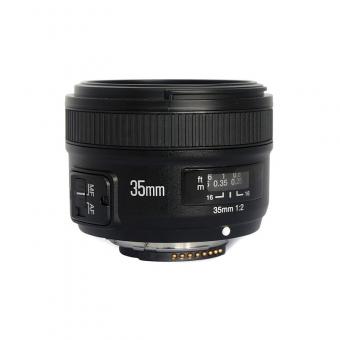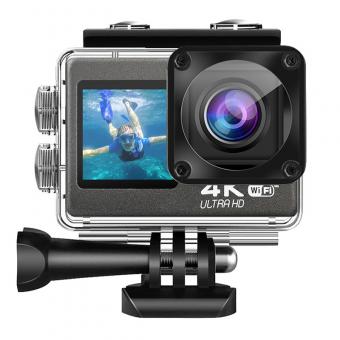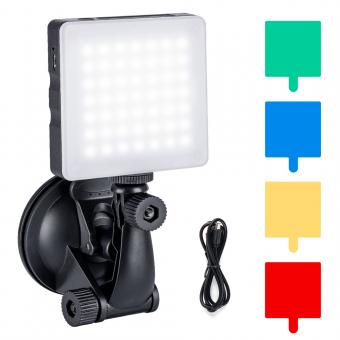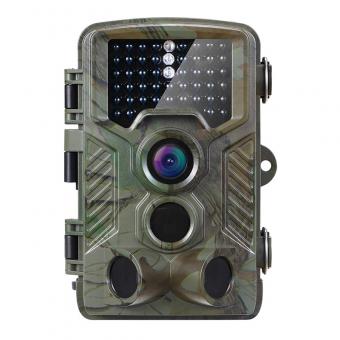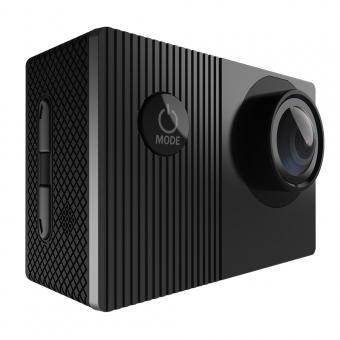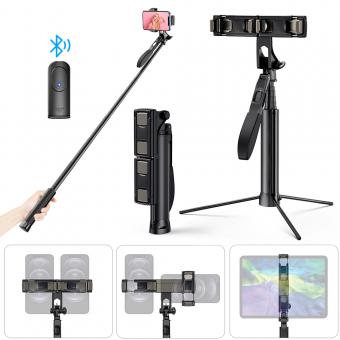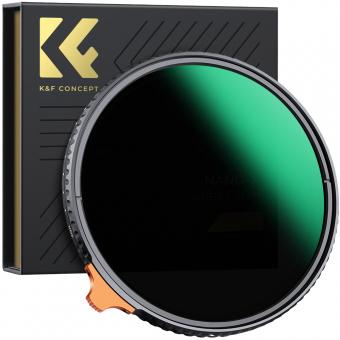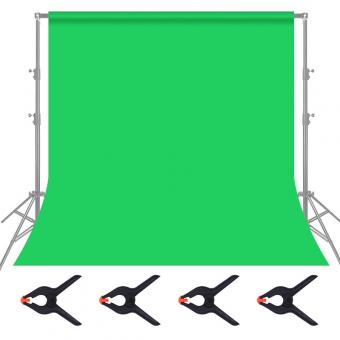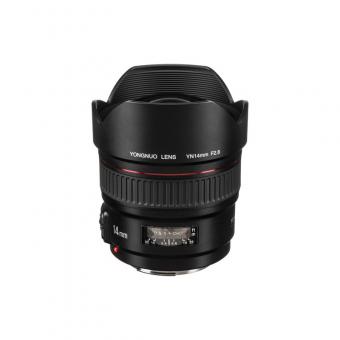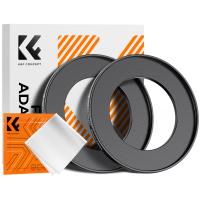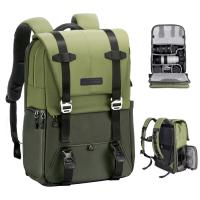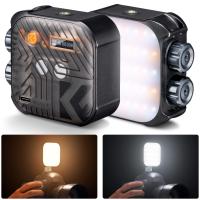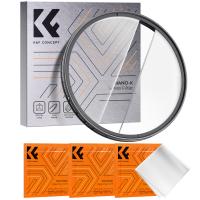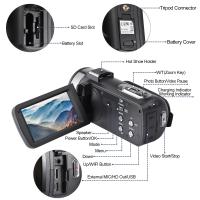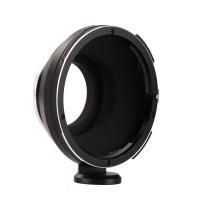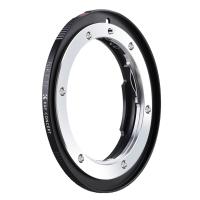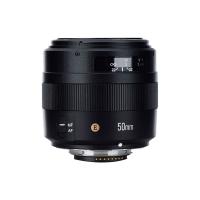How To Shoot Video Overhead ?
To shoot video overhead, you can use a tripod or a boom arm to mount your camera above the subject. You can also use a drone or a camera with a flip-out screen to monitor the shot while holding it above your head. It's important to ensure that the camera is stable and secure to avoid any accidents. Additionally, you may need to adjust the camera settings to compensate for the angle and lighting conditions. Overall, shooting video overhead can add a unique perspective to your footage and enhance the visual storytelling.
1、 Camera setup
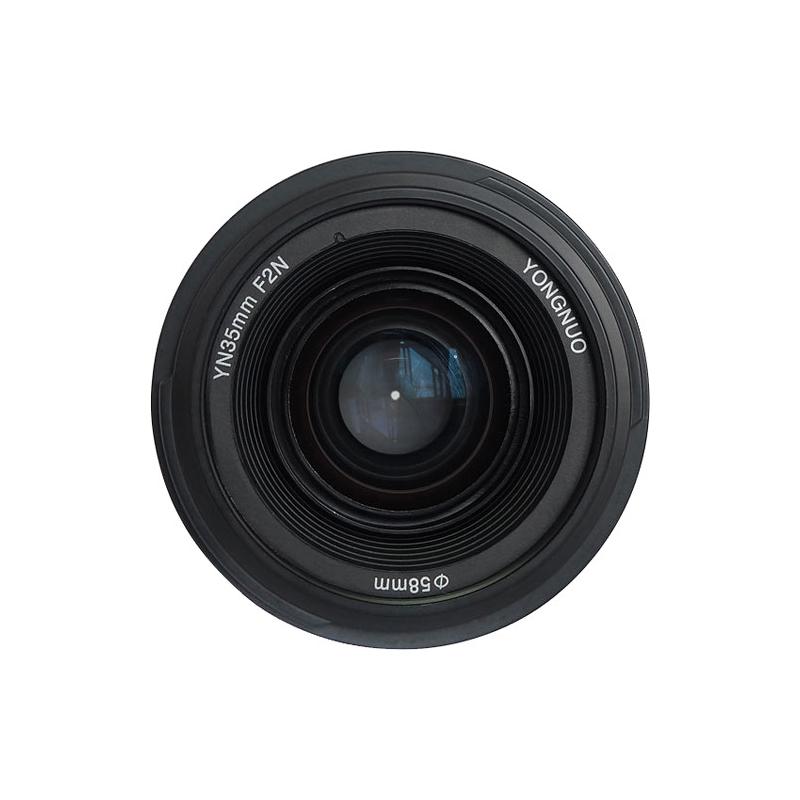
Camera setup is the key to shooting video overhead. The first step is to choose the right camera. A lightweight camera with a flip-out screen is ideal for overhead shots. A tripod with a flexible arm is also necessary to position the camera at the right angle. The tripod should be sturdy enough to hold the camera in place and prevent it from shaking.
Once the camera and tripod are set up, the next step is to position the camera at the right height. The camera should be positioned directly above the subject to get the best overhead shot. The height of the camera can be adjusted by extending the tripod arm or by using a ladder.
The lighting is also important when shooting video overhead. The subject should be well-lit to avoid shadows and ensure that the video is clear and bright. Natural light is ideal for overhead shots, but if it is not available, artificial lighting can be used.
Finally, it is important to consider the composition of the shot. The subject should be centered in the frame, and the camera should be positioned at a slight angle to add depth to the shot. The background should be simple and uncluttered to avoid distractions.
In conclusion, shooting video overhead requires careful camera setup, proper lighting, and attention to composition. With the right equipment and technique, overhead shots can add a unique perspective to any video.
2、 Lighting
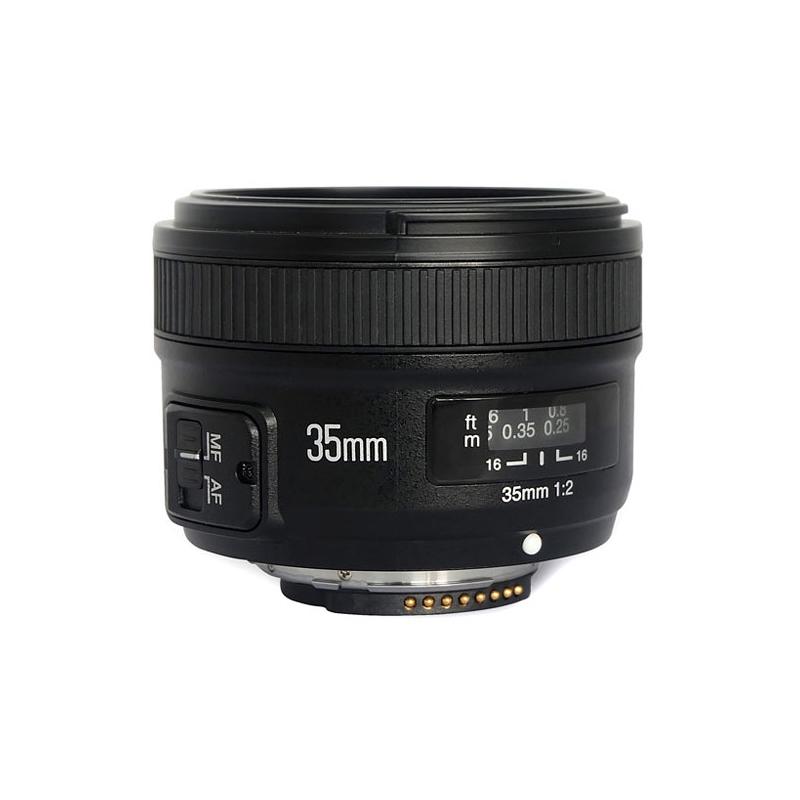
Lighting is a crucial aspect when it comes to shooting video overhead. It can make or break the quality of your footage. To shoot video overhead, you need to ensure that the lighting is even and consistent. This can be achieved by using softbox lights or diffusers to create a soft, diffused light that will evenly illuminate your subject.
Another important consideration is the color temperature of your lighting. You want to make sure that the color temperature of your lights matches the environment you are shooting in. For example, if you are shooting in a room with natural light, you want to use lights that have a similar color temperature to avoid any color casts in your footage.
In addition to lighting, you also need to consider the angle of your camera. Shooting from directly overhead can create unflattering shadows on your subject. To avoid this, try shooting from a slightly angled position or use a reflector to bounce light onto your subject and fill in any shadows.
Finally, it's important to remember that lighting is not a one-size-fits-all solution. Every shooting situation is different, and you may need to adjust your lighting setup accordingly. Don't be afraid to experiment and try different lighting techniques to find what works best for your specific project.
Overall, lighting is a crucial aspect of shooting video overhead. By using soft, diffused lighting, matching the color temperature to your environment, and adjusting the angle of your camera, you can create high-quality footage that is well-lit and visually appealing.
3、 Composition
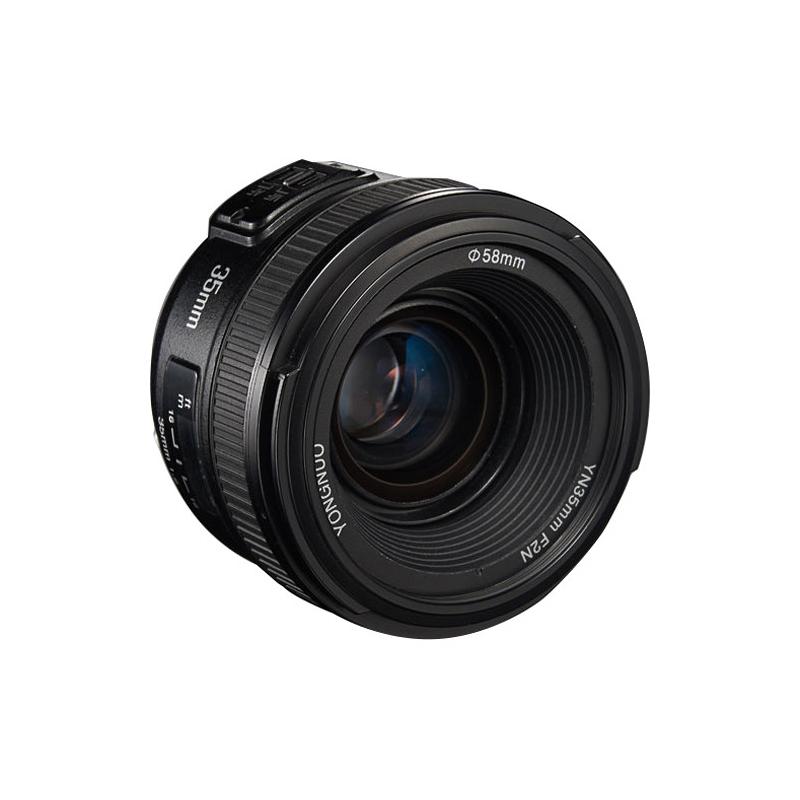
Composition is key when shooting video overhead. To start, make sure your camera is securely mounted above your subject. This can be done using a tripod or a specialized overhead rig. Once your camera is in place, consider the framing of your shot. You want to make sure your subject is centered and that there is enough space around them to create a visually pleasing composition.
Another important aspect of shooting video overhead is lighting. Make sure your subject is well-lit and that there are no harsh shadows or reflections. Natural light is often the best option, but if you need to use artificial lighting, make sure it is diffused and not too bright.
When it comes to camera settings, you want to make sure your shutter speed is fast enough to avoid any motion blur. Depending on the lighting conditions, you may need to adjust your ISO and aperture as well.
Finally, consider the movement of your shot. Shooting overhead can create a unique perspective, but it can also be disorienting for viewers if the camera is constantly moving. Keep your movements slow and deliberate, and consider using a slider or other camera movement tool to add some visual interest to your shot.
Overall, shooting video overhead requires careful consideration of composition, lighting, camera settings, and movement. With some practice and attention to detail, you can create stunning overhead shots that add a unique perspective to your videos.
4、 Stability
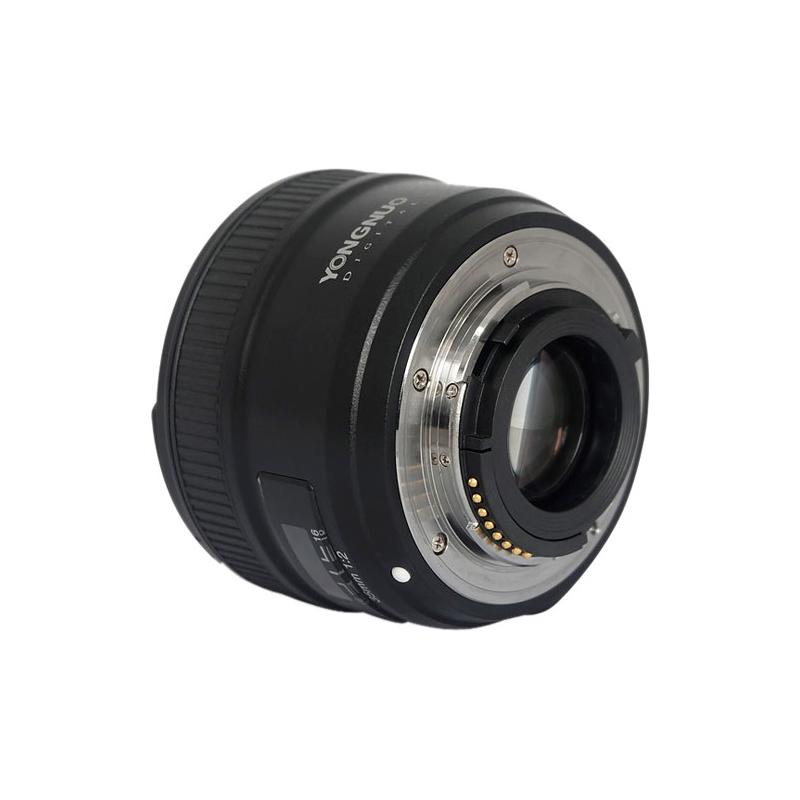
How to shoot video overhead with stability is a common question among videographers and content creators. Shooting overhead can add a unique perspective to your videos, but it can also be challenging to achieve stability and avoid shaky footage. Here are some tips to help you shoot overhead videos with stability:
1. Use a tripod: A tripod is an essential tool for shooting overhead videos. It provides stability and helps you avoid shaky footage. Make sure to use a sturdy tripod that can support the weight of your camera.
2. Use a remote trigger: A remote trigger allows you to start and stop recording without touching the camera, which can cause shake. You can also use a self-timer if you don't have a remote trigger.
3. Use a wide-angle lens: A wide-angle lens can help you capture more of the scene and reduce the amount of camera movement needed to follow the action.
4. Use a gimbal: A gimbal is a device that stabilizes your camera and helps you achieve smooth, steady footage. It's especially useful for shooting overhead videos where camera movement can be more noticeable.
5. Plan your shots: Before you start shooting, plan your shots and make sure you have a clear idea of what you want to capture. This will help you avoid unnecessary camera movement and ensure that your footage is stable and smooth.
In conclusion, shooting video overhead with stability requires the right equipment, planning, and technique. By following these tips, you can achieve smooth, professional-looking footage that adds a unique perspective to your videos.

